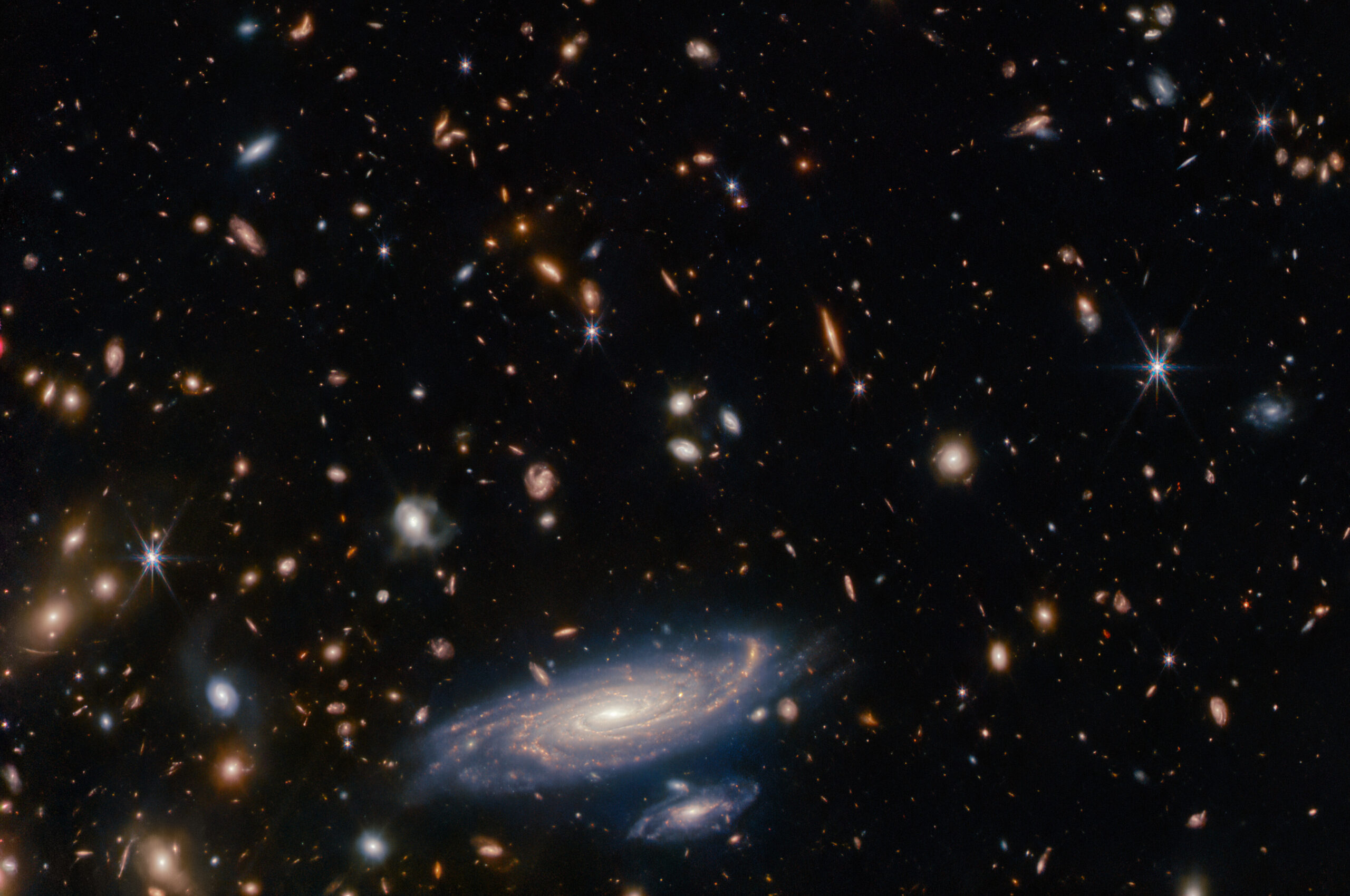In response to the 2024 call for International Teams, thirty-one projects have been selected by the ISSI Science Committee.
The Sun often produces eruptive events on different energetic and temporal scales. It might, however, also produce events, so-called extreme solar events, whose energy could be orders of magnitude greater than anything we have observed during recent decades. But what is an extreme solar event? How strong can they be and how often do they occur?
In a novel cross-disciplinary effort, the ISSI Team around Erika Palmerio and David Barnes is revolutionizing our understanding of Coronal Mass Ejections (CMEs), powerful solar eruptions with significant space weather impacts on Earth. Focusing on the often-overlooked tomography technique, the team utilizes state-of-the-art magnetohydrodynamic simulations and synthetic white-light data to overcome observational limitations. By placing virtual spacecraft strategically, they generate synthetic images, reconstructing CME structures through discrete tomography.
The findings based on their modelling reveal a complex, irregular front in contrast to traditional assumptions. The team aims to evaluate the impact of 3D reconstructions on space weather predictions, comparing them with conventional forward-modelling techniques. With plans to extend analyses to heliospheric imagery, their work promises groundbreaking insights into CME behavior and improved forecasting methods. Stay tuned for further revelations from this innovative endeavor tackled at ISSI Bern!
See the full team report here: “Tomographic Inversion of Synthetic White-Light Images: Advancing Our Understanding of CMEs in 3D“
Thirty International Teams have been selected by the ISSI Science Committee for implementation from the proposals received in response to the 2023 call.
